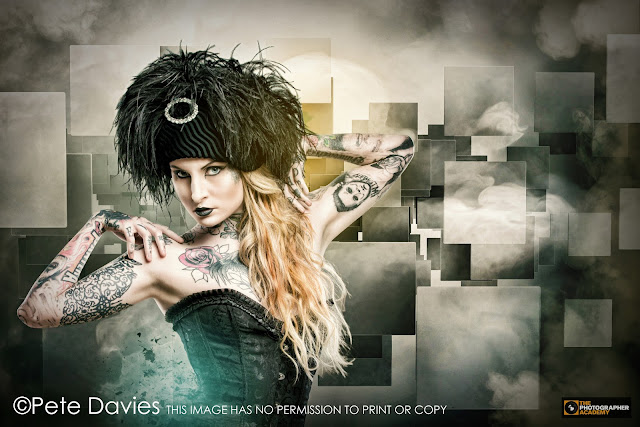Extracts from All About Flash by mark Cleghorn
TYPES OF FLASH
 One of the biggest decisions to make after investing in a camera and lenses is to determine what type of flash to buy: a shoe-mounted accessory flash-unit, a portable battery powered flash kite, or mains powered studio flash?
One of the biggest decisions to make after investing in a camera and lenses is to determine what type of flash to buy: a shoe-mounted accessory flash-unit, a portable battery powered flash kite, or mains powered studio flash?Before you quickly run out and buy an accessory flash or external unit, it’s worth thinking about the type of photographer that you are now and the type of photographer you want to be in three or so years. Flash is a major financial commitment, so thinking about your preferences and photographic style will help you to make the right purchase.
If you are a hobbyist, a basic accessory flash unit is a good starting point. However, if you aspire to become a semi-professional, perhaps shooting families or child portraits, then an AC-powered studio flash is a better option (as well as one of the most economical routes to flash usage). That type of system does require you to be near
a power source though. Once you have decided to get serious about flash photography, the portable option becomes an important part of the equation. It’s the most expensive, but it will allow you to work almost anywhere with the power you need.
 Portable strobes
Portable strobes This kind of equipment is usually the professional’s choice for location flash work. Portable strobe kits offer much more power the accessory flash units and recycle rapidly due to the size of their battery packs. Their typically round flash heads produce a circular source that provides a consistent transition from the centre to the edge of the light output. The drawbacks to this type of lighting are the cost of the units and their weight, especially when travelling.
Studio Strobes

AC-powered strobes have always been the choice of studio photographers. This type, which can also be refeed to as Monobloc, features a modelling bulb to show exactly where the flash will illuminate. Studio flashes are cost effective in the long run, recycle rapidly, and have a large range of accessories available to completely manipulate the light. They are available in a variety of power options, with the most cost-effective units producing between 250 and 500 watts - perfect for a portrait studio. Higher-powered units of 1000 watts or more tend to be used by commercial photographer, since they need high levels of power for greater depth of field and a very fast recycle time between flashes. The only drawback to a Monobloc is the restriction of requiring an AC-power source, but even this can be overcome with additional location power converters or battery packs.
Images: Speedlite on camera, ELB400 light kit, ELC Studio head
 Accessory flash units
Accessory flash units Accessory flash units are convenient and easy to carry. These flash units are perfect for travel and location photography due to their relatively small size and convince of being powered by batteries, but they lack the real lighting strength of portable kits and studio flashes and often drain batteries very quickly. Accessory flashes produce a rectangular output that matches the shape of a cameras sensor; however, there is often a light intensity fall off at the edges of their output that can result in a slight vignette (darkening around the outer edge of an image).
Extract taken from “All about flash by Mark Cleghorn” – Available to buy now from:
http://www.markcleghorn.com/all-about-flash-speedlite





Comments
Post a Comment